Yesterday I shared photos of the Yellow-crowned Night Heron and today the other 4 herons I photographed last week on Rio Tarcoles. A very good birding river! 🙂
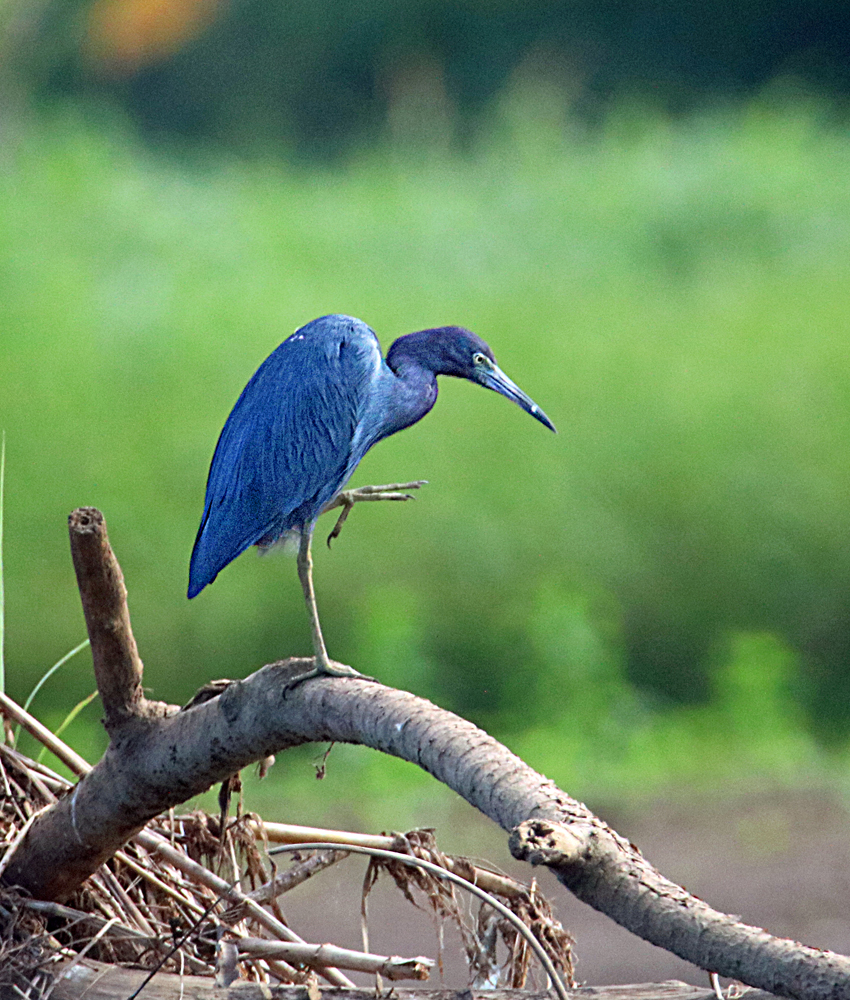
Yesterday I shared photos of the Yellow-crowned Night Heron and today the other 4 herons I photographed last week on Rio Tarcoles. A very good birding river! 🙂

One of the many water birds you find in rivers and mangroves near the coast is the Yellow-crowned Night Heron, Nyctanassa violacea (eBird link) that you can see with his Yoga-like pose drying his wings. 🙂 Of course I have more photos from all over Costa Rica in my Yellow-crowned Night Heron Gallery. And here’s 3 shots from Tarcoles River this past week . . .
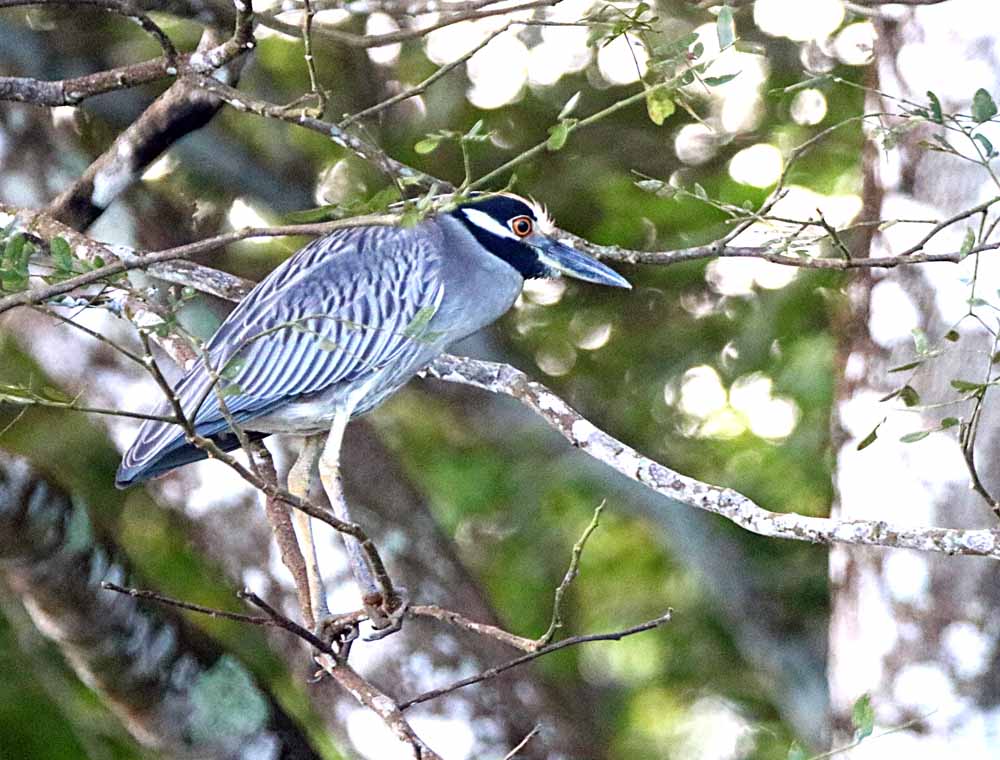
We saw many Scarlet Macaws on Rio Tarcoles but none where we could get a good picture, but as we were leaving the village of Tarcoles on our way to Punta Leona, we saw this one along the side of the road and thus it is my only photo of one this trip! But I have a lot more photos in my Scarlet Macaw Gallery. 🙂
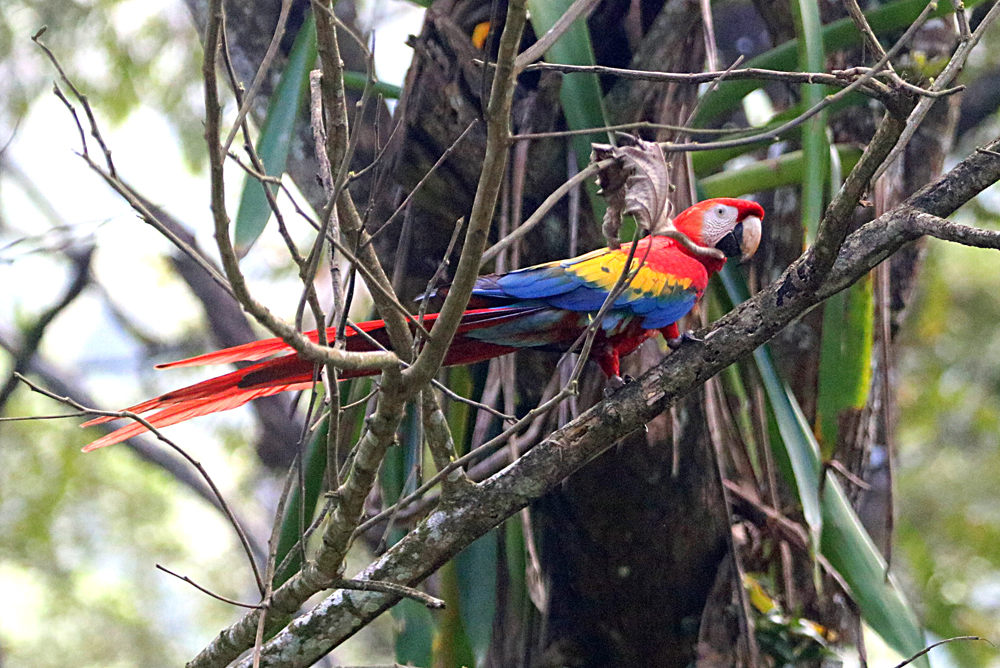
This Scarlet Macaw lives mostly on the Pacific Slope of Costa Rica with a few going over the continental divide to the Atlantic or Caribbean Slope. They are listed as “threatened” and are decreasing in numbers because of habitat loss, but not listed as “endangered” yet like the Great Green Macaw which lives only on the Caribbean Slope. There are Ara Projects for both species working to save them in the wild. In Limón Province at Manzanillo there is the AraManzanillo (Green Macaw Project) and for this Scarlet Macaw there is on Nicoya Peninsula the Macaw Recovery Network which is working to preserve this beautiful parrot. Both programs use nesting boxes in the wild because there are not as many old trees left with natural holes for nests. I’ve seen these nesting boxes at both Hotel Punta Leona and at Tambor Tropical Resort. They work! with lots of macaws nesting in both places. And Maquenque Eco Lodge is adding nesting boxes and planting almond trees (favorite food of macaws). In fact, I planted one of the almond trees the last time I was there! 🙂
¡Pura Vida!
See the Day Trip Gallery: 2025 January 7 — Rio Tarcoles & Punta Leona
Our birding boat trip on Rio Tarcoles was both in freshwater and in the brackish tidal water near the mouth of the river and of course mangroves there. Mangroves are near the mouth of all rivers and where you see lots of seabirds and many use the mangroves to birth and raise their young, just like a lot of the sea fishes. So it is a rich in nature place to photograph nature. Today I’m sharing the biggest bird we saw, the Magnificent Frigatebird, Frigata magnificens (linked to eBird) and you can see my photos from 7 different sightings since coming to Costa Rica at my Magnificent Frigatebird GALLERY. Here’s four shots from this sighting . . .
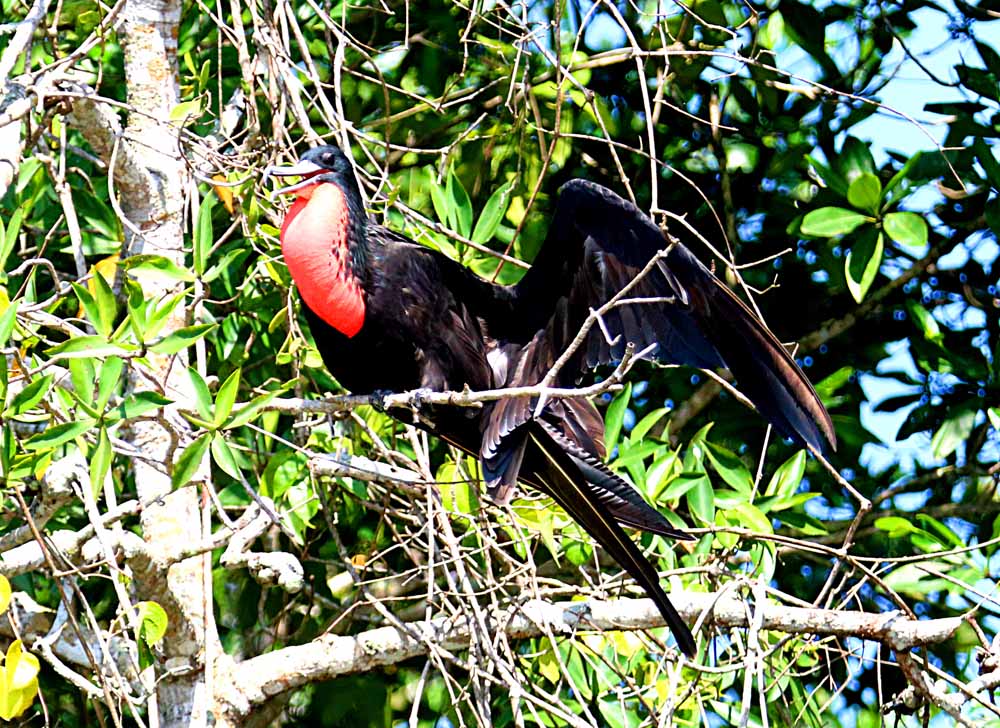
I’m still working on my hundreds of photos of birds photographed on Rio Tarcoles Monday, so I will start with one of the last things we saw, a Troop of White-faced Capuchin Monkeys among the trees along Mantas Beach (Playa Mantas), which I first visited while staying at Hotel Punta Leona in March of 2019. The beach photo below was made then. 🙂 The hotel and resort development owns most of the land but the government says beaches cannot be private, so Walter took us to a little trail at the end of one street in the village of Punta Leona to get here, mainly for the monkeys and sloths. I did not get a sloth photo this time, but some of my Canadian friends did. To see more of these monkey photos, go to what will become a sub-gallery of this Trip Gallery: Playa Mantas Monkeys 2025 or if you want more, see my capuchins from all over CR in gallery: White-faced Capuchin Monkeys.
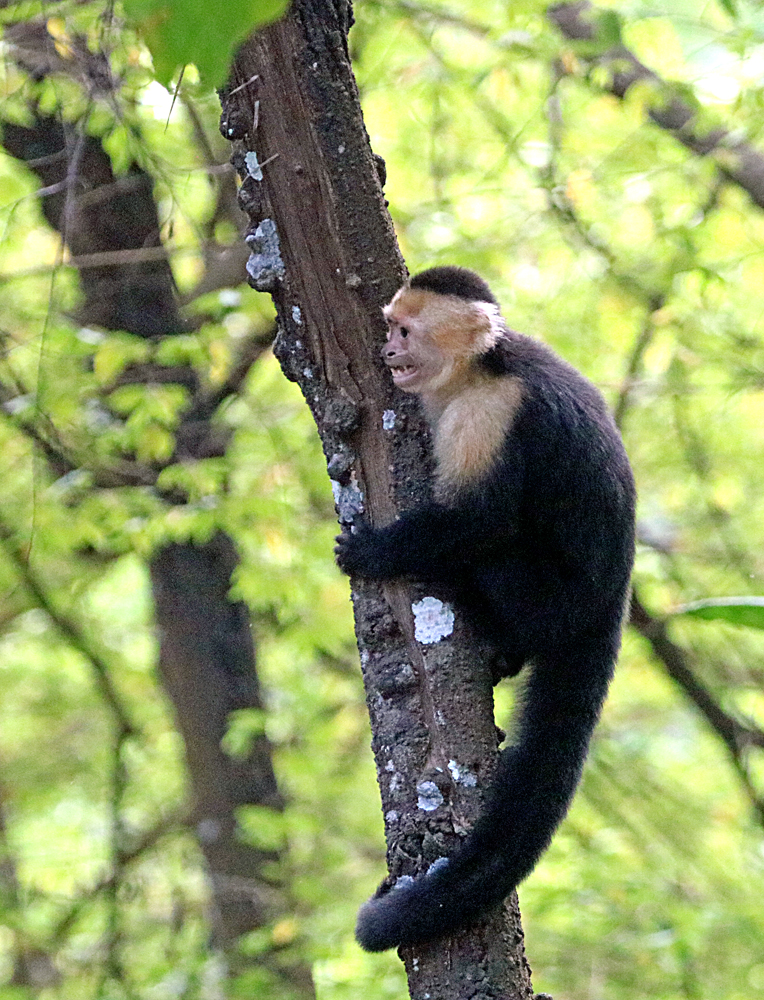
Carter was the best U.S. President during my lifetime and I miss having someone who is honest and intelligent like him in leadership, especially with Trump being the complete opposite in almost every way.
Like me, Carter grew up in the rural south as a Southern Baptist back when Southern Baptists used to follow Christ. Also like me, he disassociated himself from Baptists and other Evangelicals when they quit following Christ and became a power-hungry, controlling, political movement. It hurts me when people say ” He was a good man but not a good president.” He was actually a great president (Nobel Peace Prize), accomplishing a lot! Some of which the crooked Reagan tried to take credit for. He never lied to the people while Trump has never told the truth, and yet half of the U.S. voted that convicted criminal back into office. I will mourn the loss of Jimmy Carter and as I will the destruction of the next four years in the states, while continuing to be thankful for my 2014 decision to move to Costa Rica! 🙂 I love my new country! 🙂
I hope you will continue to be one of the thousand or so people who read my nature blog and find peace in God’s creations regardless what is happening elsewhere in the world!
¡Pura Vida!
And hopefully by tomorrow I will have some of the photos processed from yesterday’s safari on Rio Tarcoles! 🙂 I am busy again today with a doctor’s appointment in San Jose to evaluate the sonogram of my neck as they continue to monitor for possible spread of cancer. Thanks for your prayers.
A new regular that’s seen about as much as the Rufous-tailed! See more photos in my GALLERY: Blue-vented Hummingbird.
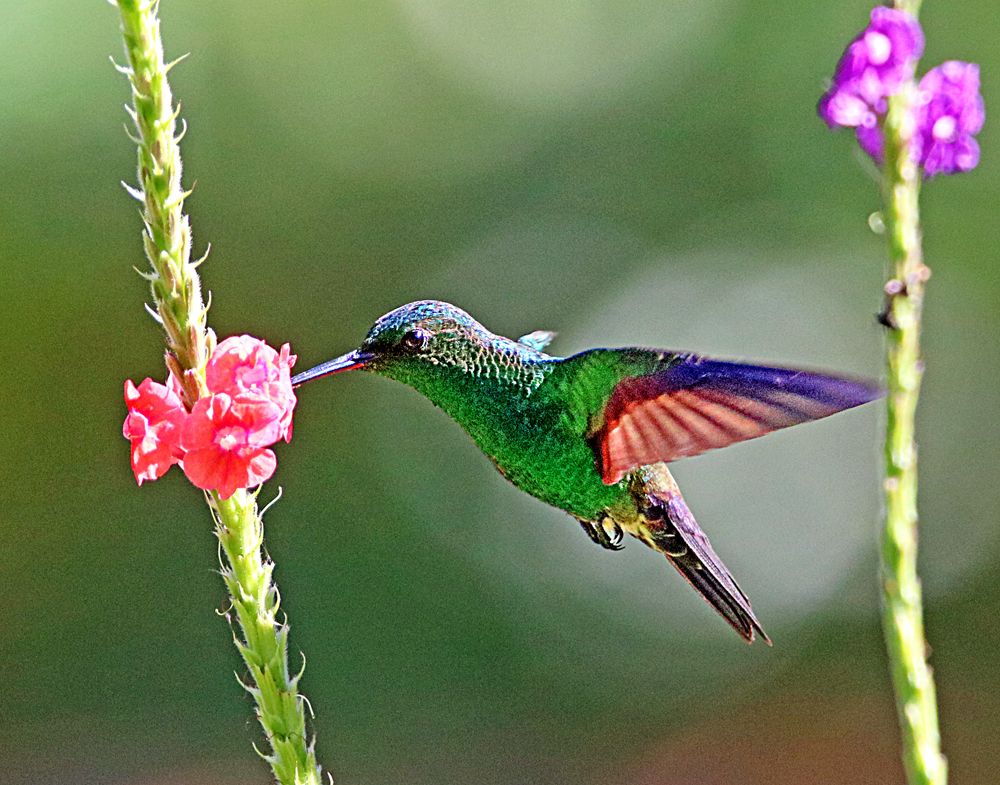
¡Pura Vida!
I’m out birding with friends from British Columbia, Canada today and expect to have a lot of photos to share over the next week or so. Stand by! Starting with blog in two days. 🙂
Our plan is to have breakfast in Orotina, which is not far from Tarcoles where we will check in at 8am for the birding river boat trip on the Tarcoles River. I usually get a lot of birds on that trip with my prefered “Jungle Crocodile Safari” boat. They generally do a lot better job finding birds than their several competitor boats who focus mostly on the crocodiles. 🙂
After two hours on the river we will go to the nearby coast and beaches of Punta Leona which is a private development and hotel, but the government requires all beaches to be public and Walter knows how to get in free. At these beaches he has seen sloths and monkeys in the past plus the usual seabirds. We will then eat lunch somewhere and travel the hour or so back to Atenas. That is the plan.
Hope you have a happy day too! 🙂
These photos are from my kind of “catch all” category that I call “Leaves and Nature Things.” In this case, all leaves with one whole tree on the hill above my house. Tomorrow will start January pix and tomorrow is when I’m taking some Canadian friends birding on the Tarcoles River early, then looking for monkeys on Punta Leona Beaches with Walter. A full day, so those pix won’t be until at least the next day or later but coming! 🙂 Then Wednesday I go see the doctor in San Jose who is monitoring the possible spread of my facial cancer. And another morning will be given to visiting Dan Sheaks’ bird feeders where he gets a lot of toucans! So a busy week again! 🙂
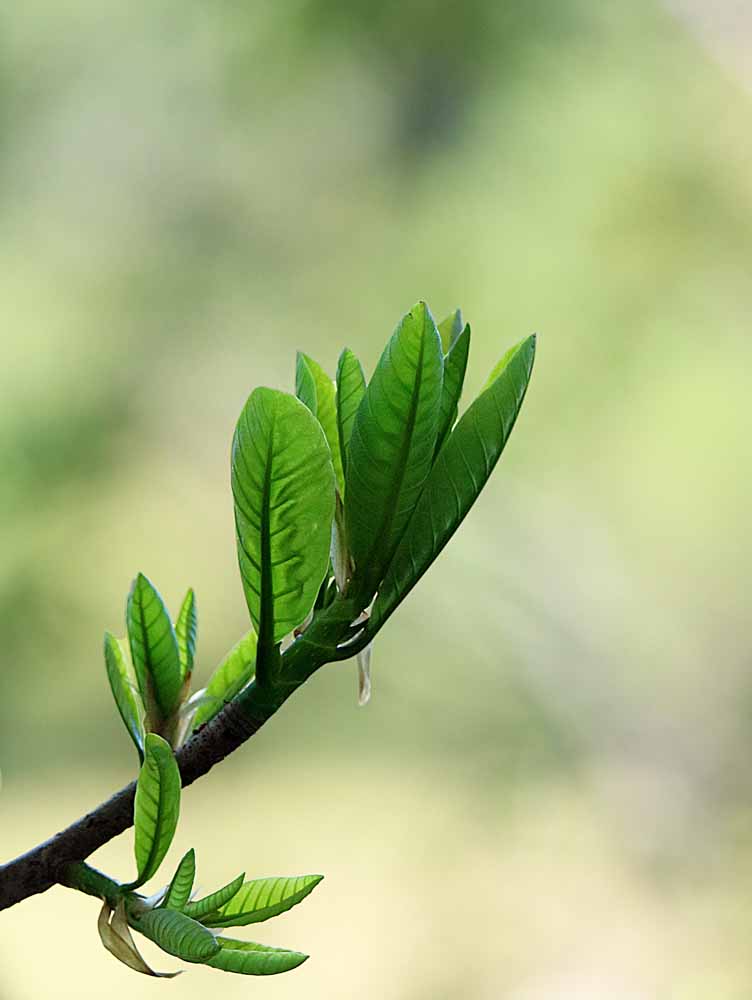
More leaves in the gallery . . .
Continue reading “Leaves! My Final Dec Pix”The Art of Flowers! There is no limit to the creativity in flowers!
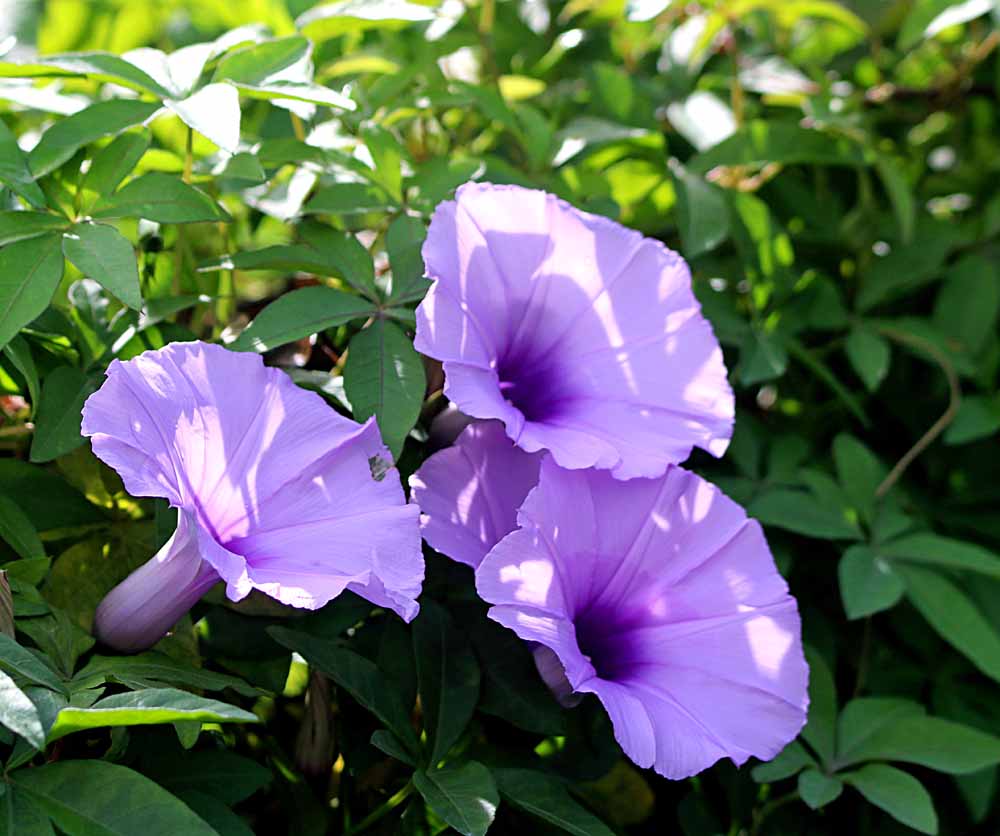
See the flower slideshow below . . .
Continue reading “El Arte de las Flores”This Banded Peacock, Anartia fatima (my gallery link) is the most obvious butterfly to still be around during these months of fewer butterflies. Here in the Central Valley the best time for the most butterflies is May-October which is the bulk of the Rainy Season, which I cannot explain, because they do not usually come out when raining. But now, the wind is just as big a problem and it is more frequent than the rain is during rainy season. The irony is that this is the peak tourist season until May and thus tourist see very few butterflies except those captive in the butterfly gardens. 🙂
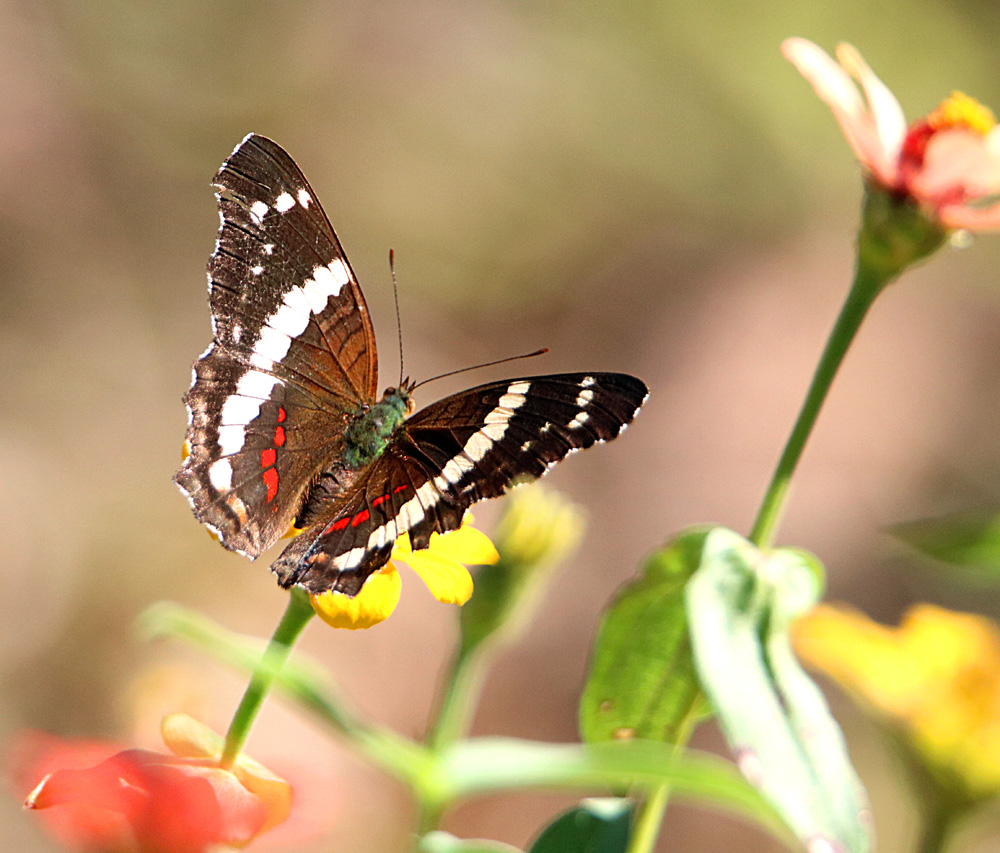
¡Pura Vida!